Recognizing Traditional Shweshwe Attire Wedding 2023
Symbolism and artistic significance of Shweshwe fabric
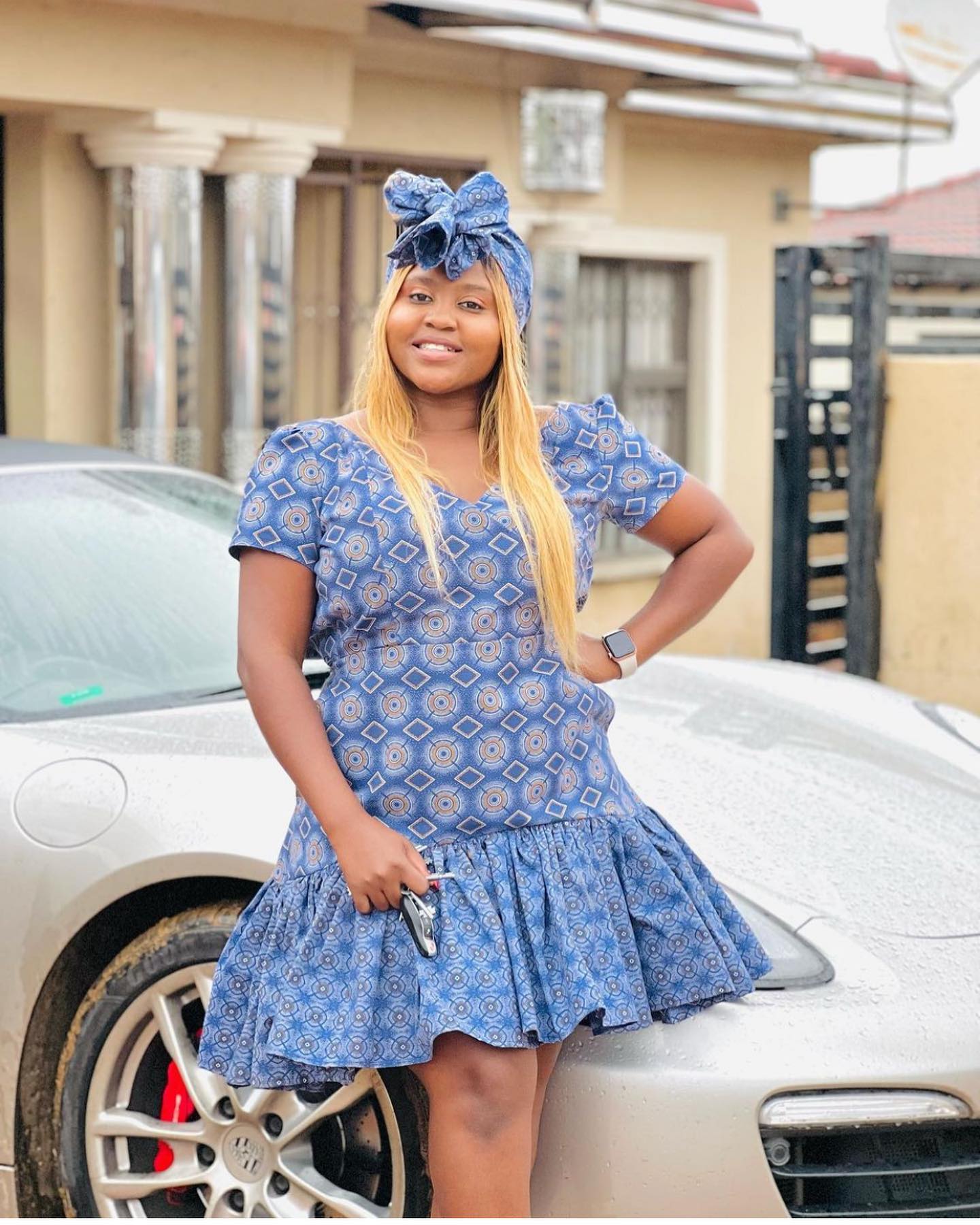 Traditional Shweshwe Attire fabric isn’t just a form of apparel, but a important representation of African heritage and tradition. In African marriages, the bridegroom, known as the Makoti, frequently wears a Shweshwe dress as a symbol of her artistic identity and connection to her roots. The fabric is considered a symbol of respect for artistic traditions and signifies the passing down of traditions from one generation to the coming. Shweshwe dresses are adorned with intricate patterns and vibrant colors that celebrate the rich artistic diversity of Africa. They aren’t only beautiful garments, but also glasses of the pride and heritage of the African people.
Traditional Shweshwe Attire fabric isn’t just a form of apparel, but a important representation of African heritage and tradition. In African marriages, the bridegroom, known as the Makoti, frequently wears a Shweshwe dress as a symbol of her artistic identity and connection to her roots. The fabric is considered a symbol of respect for artistic traditions and signifies the passing down of traditions from one generation to the coming. Shweshwe dresses are adorned with intricate patterns and vibrant colors that celebrate the rich artistic diversity of Africa. They aren’t only beautiful garments, but also glasses of the pride and heritage of the African people.
![]()
Traditional Shweshwe Attire Wedding The Epitome of African Fashion
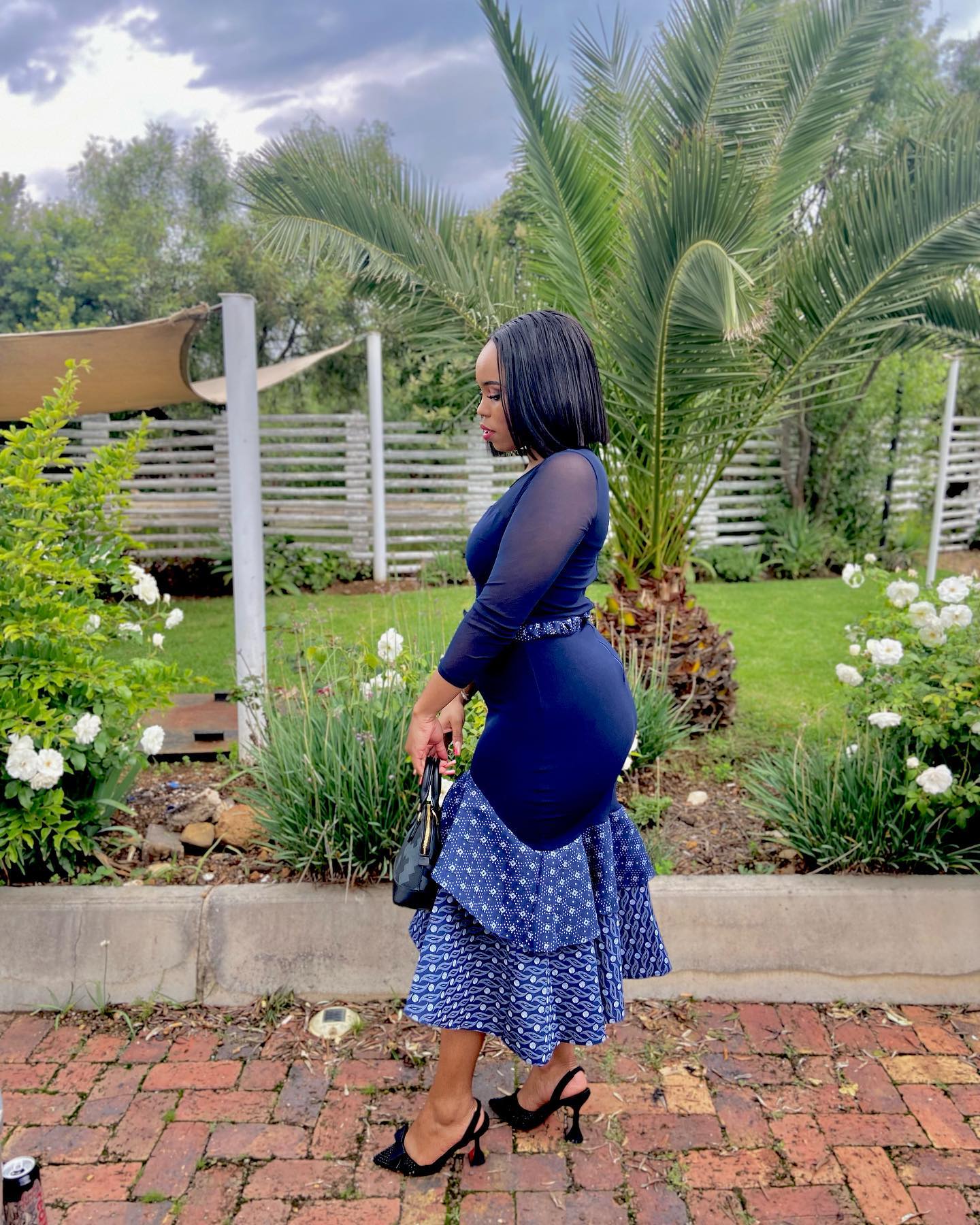 When it comes to showcasing African heritage through fashion, Shweshwe dresses have come a symbol of artistic pride and fineness for Makoti, the bridegroom in traditional African marriages. These vibrant and beautiful dresses are deeply embedded in South African history and have gained fashionability across the globe.
When it comes to showcasing African heritage through fashion, Shweshwe dresses have come a symbol of artistic pride and fineness for Makoti, the bridegroom in traditional African marriages. These vibrant and beautiful dresses are deeply embedded in South African history and have gained fashionability across the globe.
Traditional Shweshwe Attire Wedding and their unique features
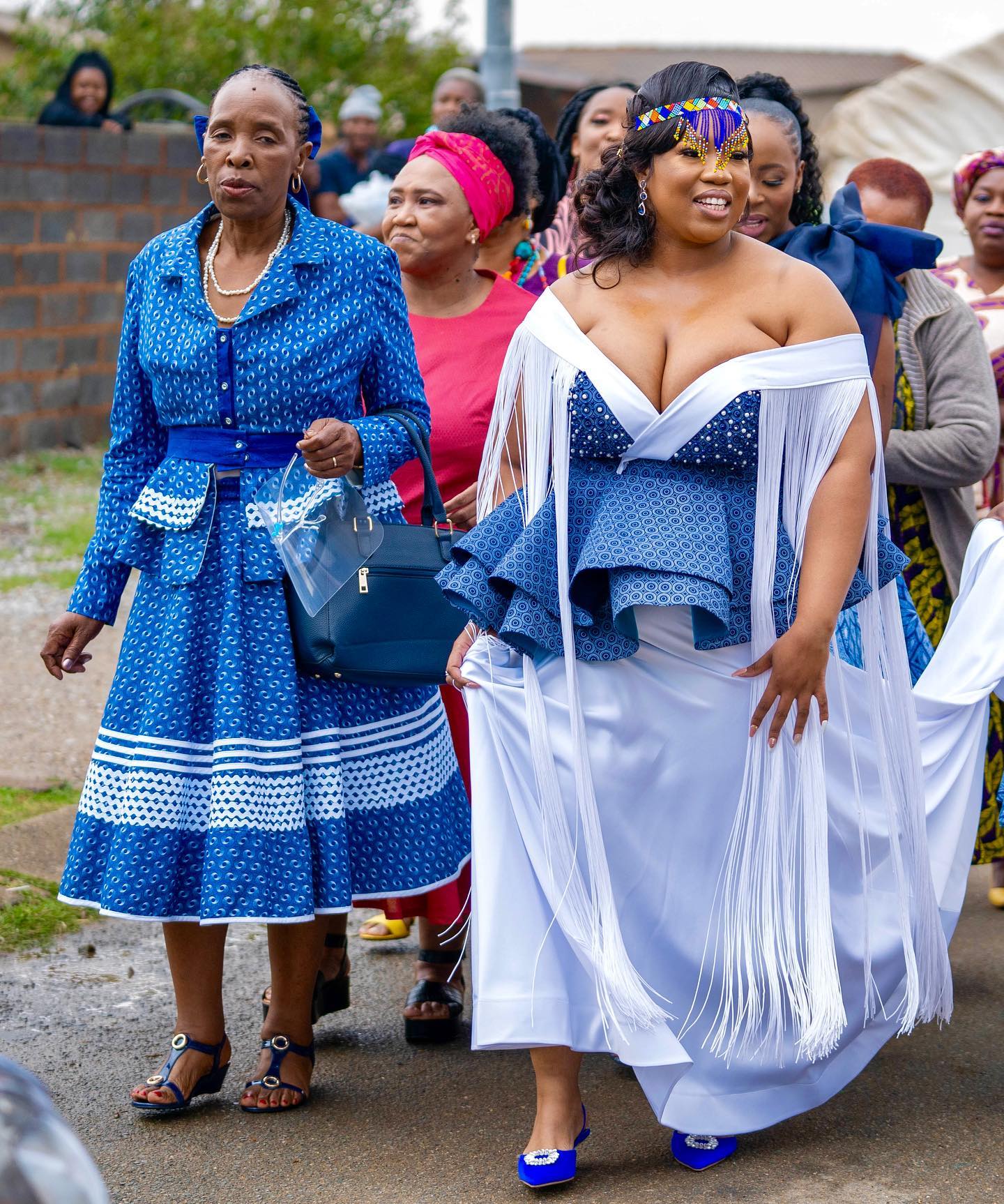
Traditional Shweshwe Attire come in colorful styles and designs, each representing different regions and societies within South Africa. The fabric itself, known for its intricate geometric patterns and vibrant colors, adds to its oneness. From flowing maxi dresses to sharp jacket dresses, there’s a Shweshwe dress for every occasion, whether it’s a marriage, jubilee, or casual spin.
Traditional and ultramodern designs of Shweshwe dresses for Makoti
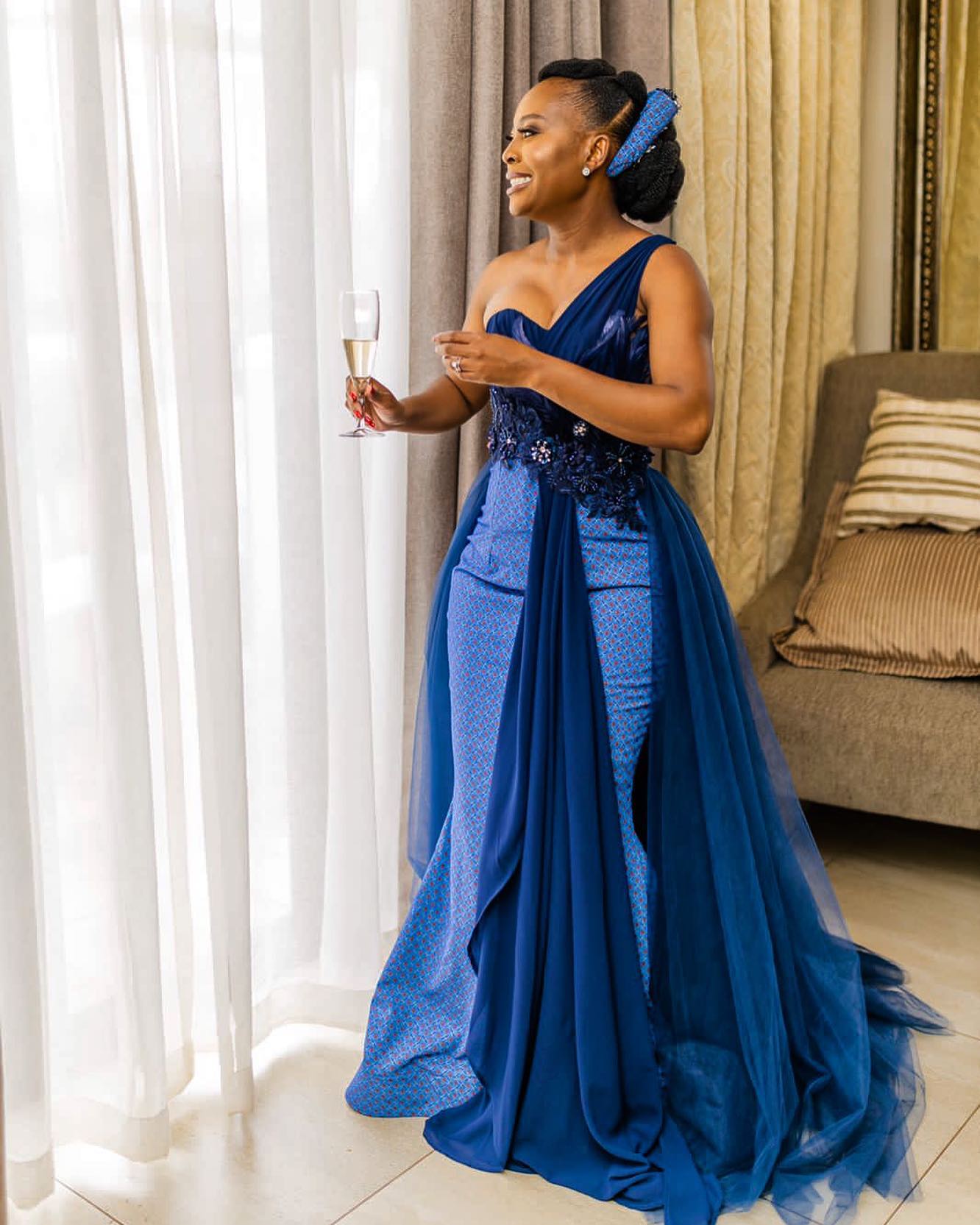
For Makoti, Traditional Shweshwe Attire play a significant part in traditional African marriages. These dresses blend traditional rudiments with ultramodern fashion trends, giving the bridegroom a one- of-a-kind look on her special day. Traditional designs frequently feature mermaid outlines, substantial skirts, and intricate beadwork. ultramodern designs, on the other hand, incorporate contemporary cuts, off- the- shoulder styles, and bold colors, adding a contemporary twist to the traditional vesture.
Whether worn as a symbol of artistic heritage or simply as a fashionable statement, Shweshwe dresses continue to be a cherished and favored part of African fashion, recognizing traditions and celebrating the rich diversity of African societies.
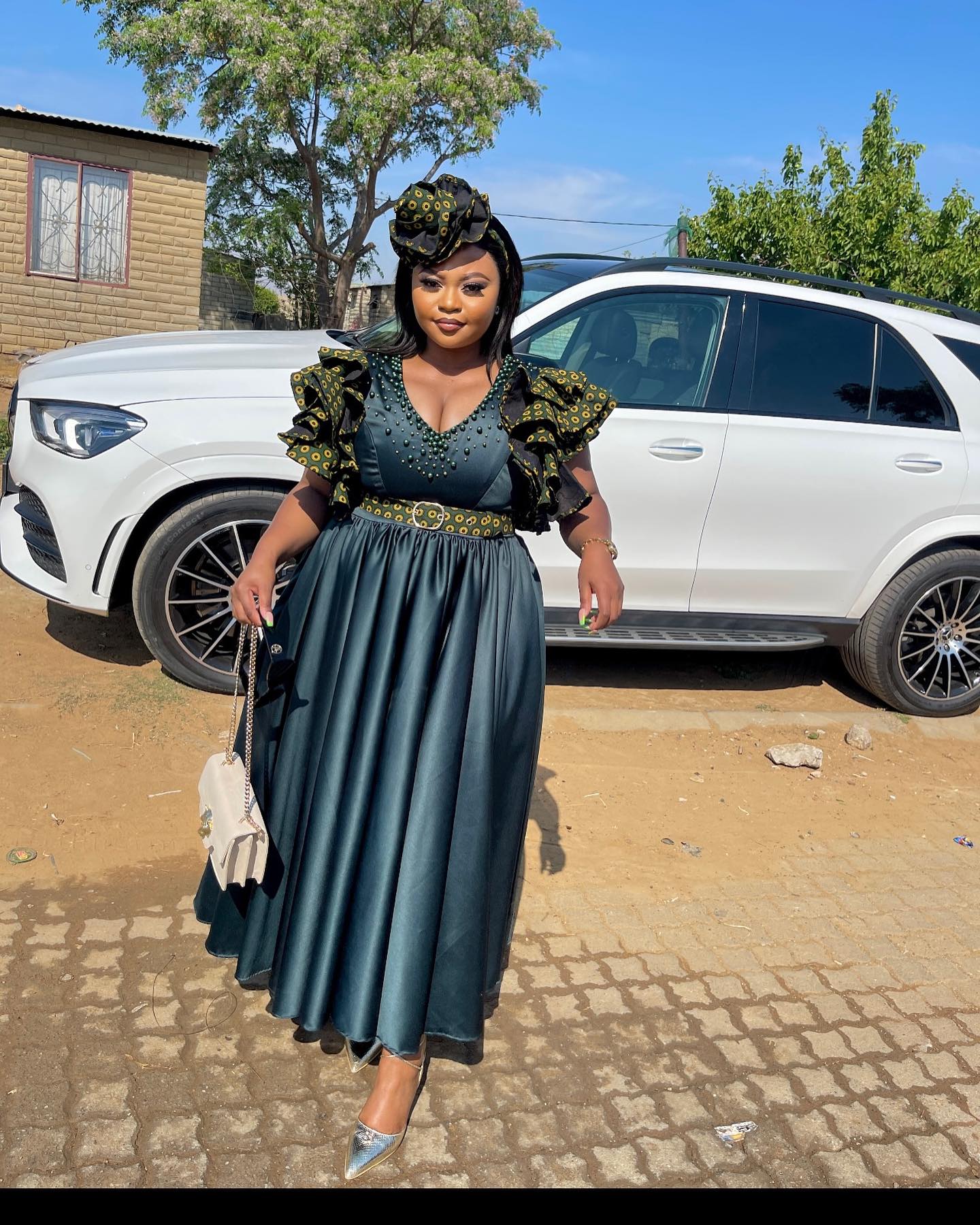 Colors and Patterns Unveiling the Beauty of Traditional Shweshwe Attire Wedding
Colors and Patterns Unveiling the Beauty of Traditional Shweshwe Attire Wedding
Exploring the vibrant colors and intricate patterns of Shweshwe fabric
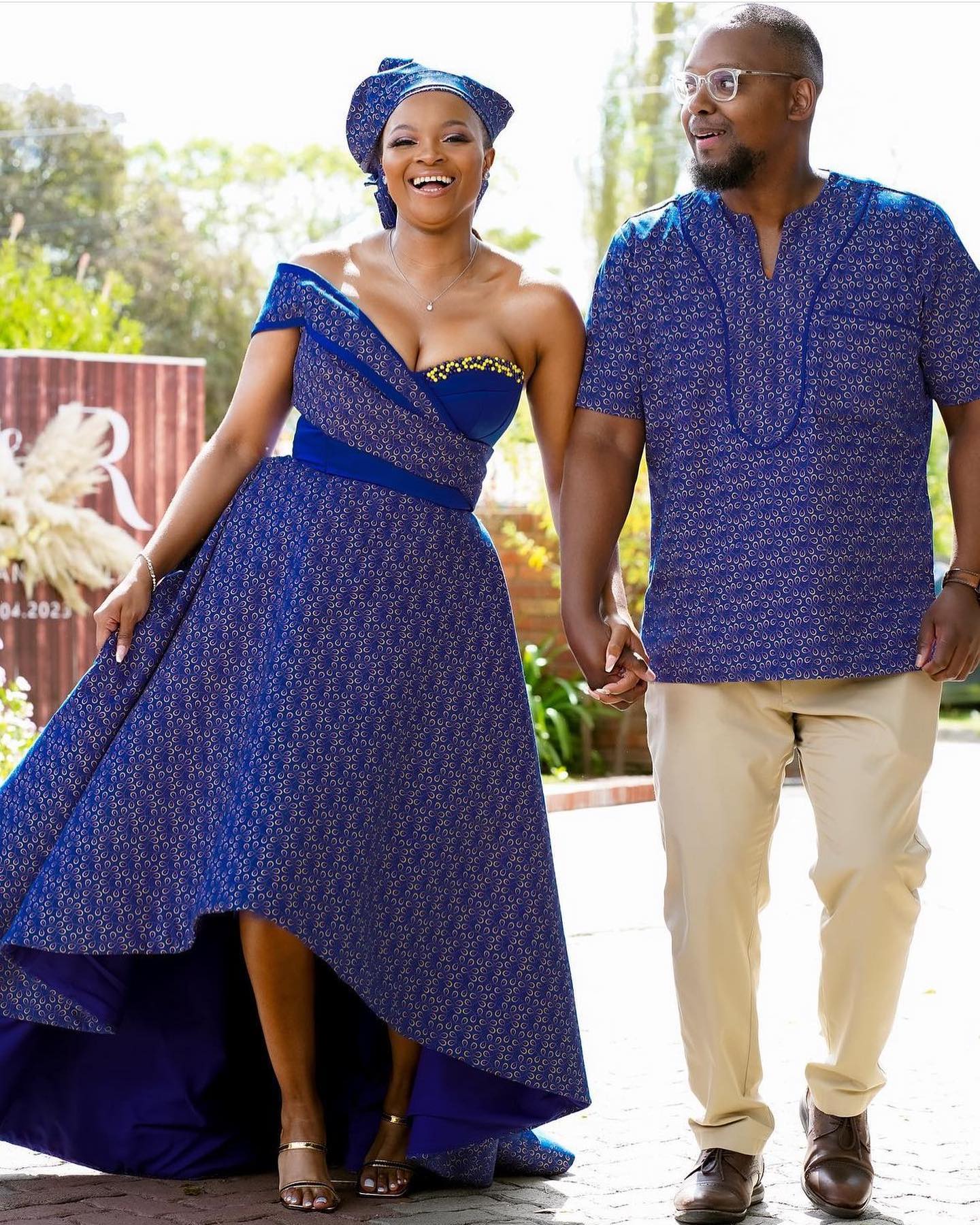 Shweshwe fabric holds a significant place in traditional African fashion, specifically in the environment of South Africa. Known for its vibrant colors and intricate patterns, Shweshwe dresses are a true reflection of African heritage and culture. The fabric itself is made from 100 cotton and features geometric designs that are unmistakably African. From bold blues and striking reds to earthy browns and warm oranges, the colors used in Shweshwe fabric celebrate diversity and showcase the rich artistic shade of the African mainland.
Shweshwe fabric holds a significant place in traditional African fashion, specifically in the environment of South Africa. Known for its vibrant colors and intricate patterns, Shweshwe dresses are a true reflection of African heritage and culture. The fabric itself is made from 100 cotton and features geometric designs that are unmistakably African. From bold blues and striking reds to earthy browns and warm oranges, the colors used in Shweshwe fabric celebrate diversity and showcase the rich artistic shade of the African mainland.
Traditional symbolism behind specific colors and patterns used in Traditional Shweshwe Attire
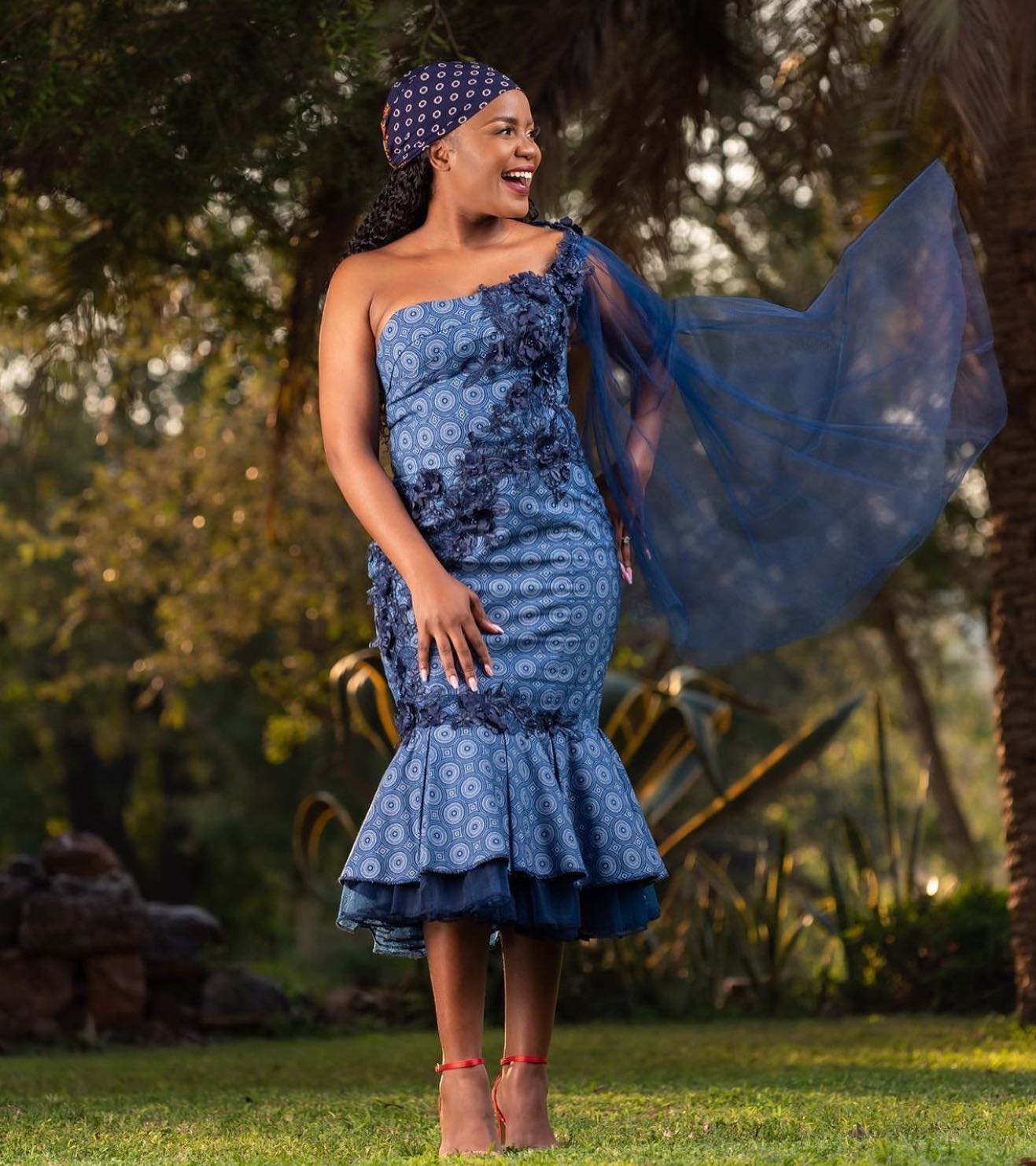 Each color and pattern in Shweshwe fabric carries its own emblematic meaning. For illustration, blue represents fidelity and trust, while red symbolizes power and vitality. Patterns similar as blotches, stripes, and diamonds hold artistic significance, with some patterns representing fertility, protection, or indeed a specific ethnical cooperation. These colors and patterns not only add visual appeal to the dresses but also support the significance of recognizing tradition and conserving African heritage.
Each color and pattern in Shweshwe fabric carries its own emblematic meaning. For illustration, blue represents fidelity and trust, while red symbolizes power and vitality. Patterns similar as blotches, stripes, and diamonds hold artistic significance, with some patterns representing fertility, protection, or indeed a specific ethnical cooperation. These colors and patterns not only add visual appeal to the dresses but also support the significance of recognizing tradition and conserving African heritage.
 Overall, Shweshwe dresses serve as a symbol of African pride and identity. By wearing these dresses, misters, also known as “ Makoti, ” recognize their culture and pay homage to their ancestors. The beauty of Shweshwe dresses lies not only in their vibrant colors and intricate patterns but also in the deeper meaning they hold for those who wear them, making them a dateless representation of African heritage.
Overall, Shweshwe dresses serve as a symbol of African pride and identity. By wearing these dresses, misters, also known as “ Makoti, ” recognize their culture and pay homage to their ancestors. The beauty of Shweshwe dresses lies not only in their vibrant colors and intricate patterns but also in the deeper meaning they hold for those who wear them, making them a dateless representation of African heritage.
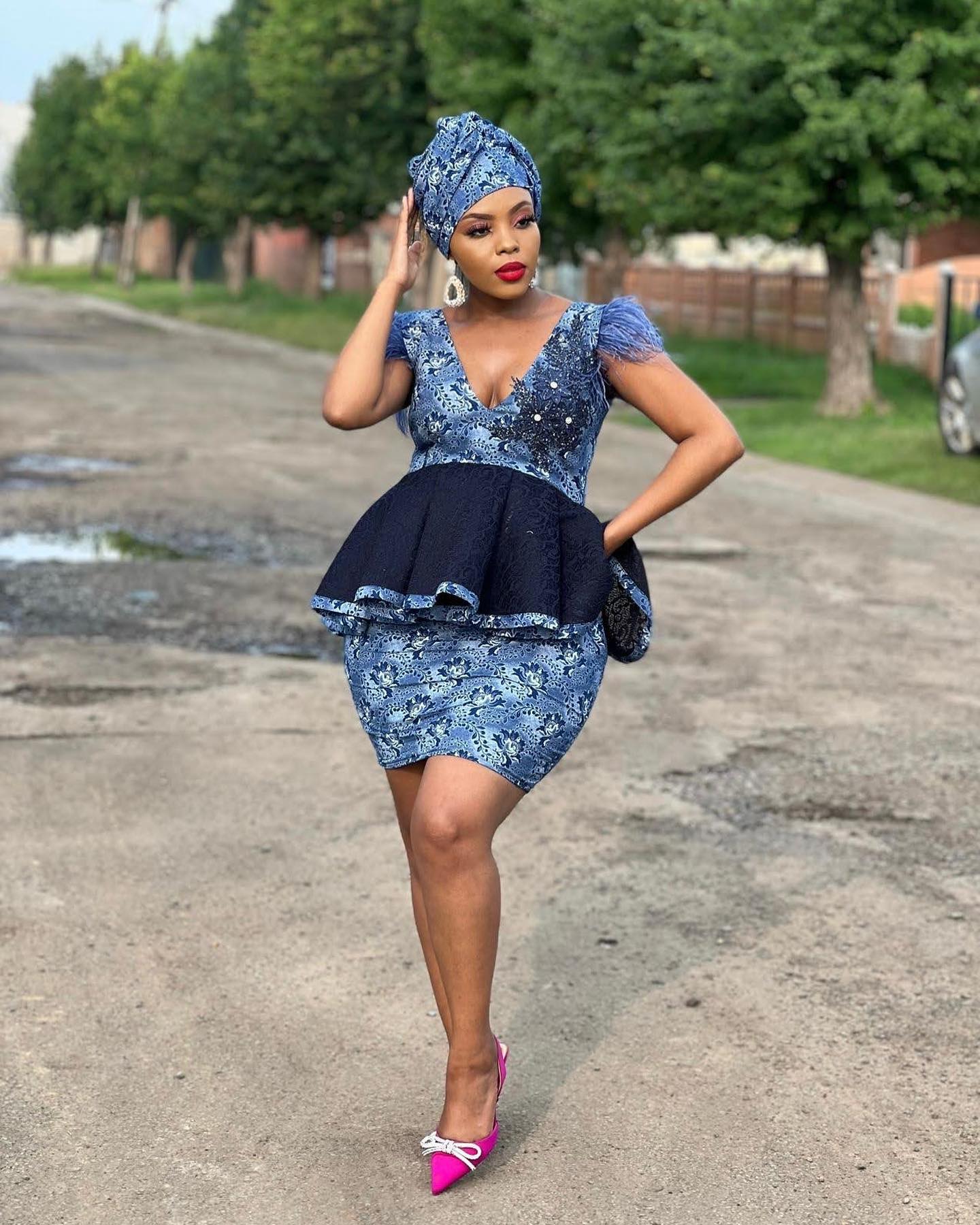
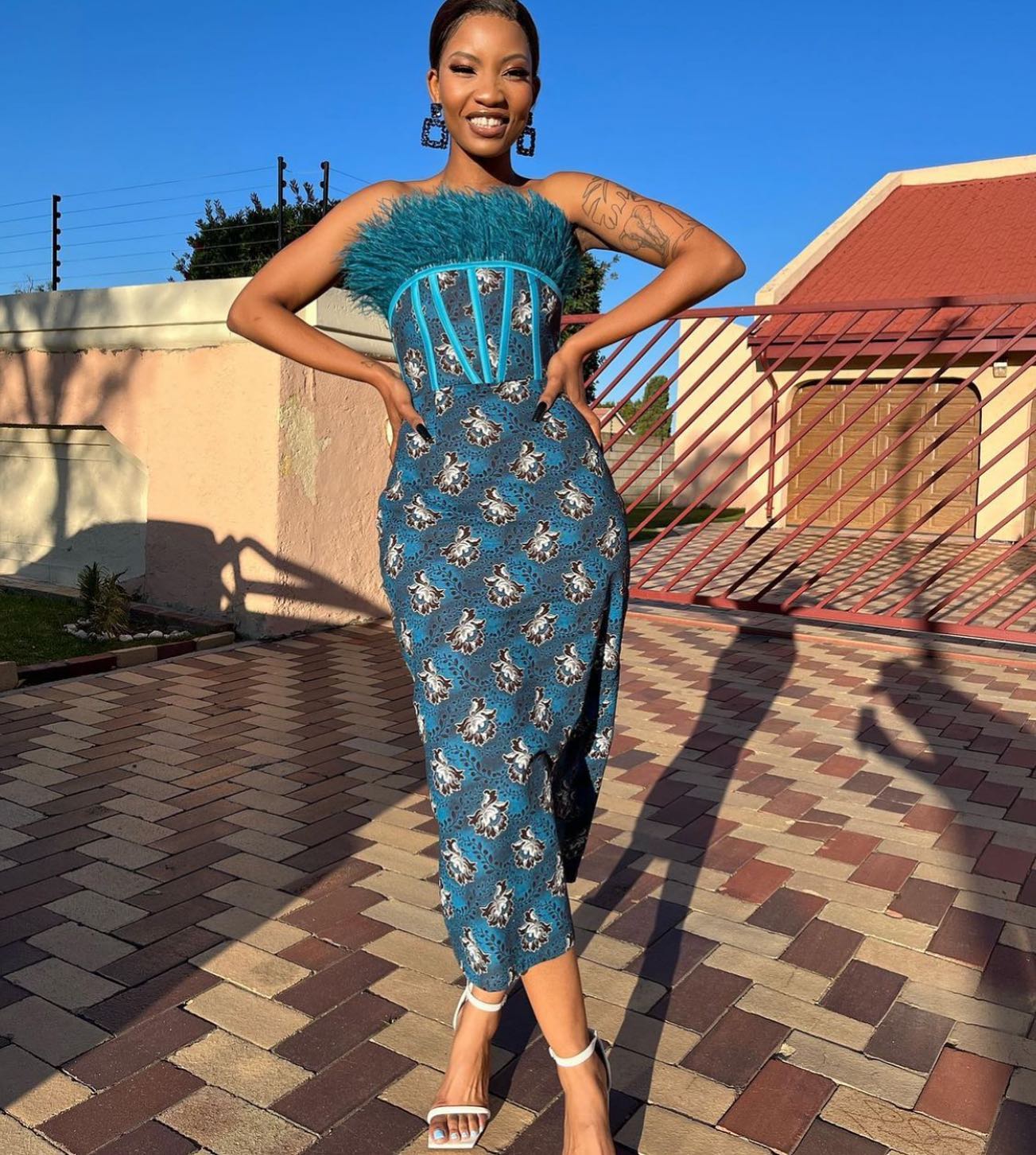
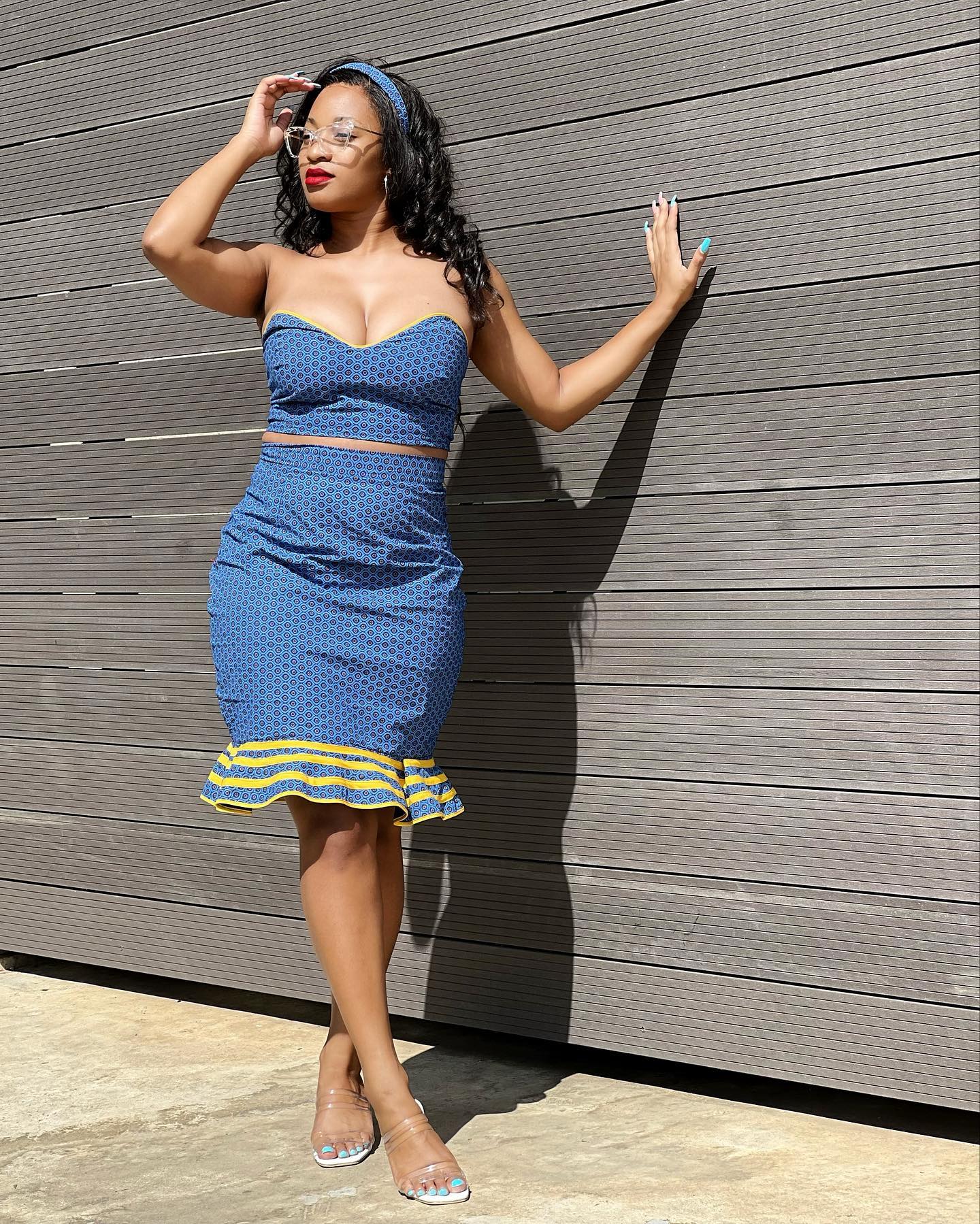
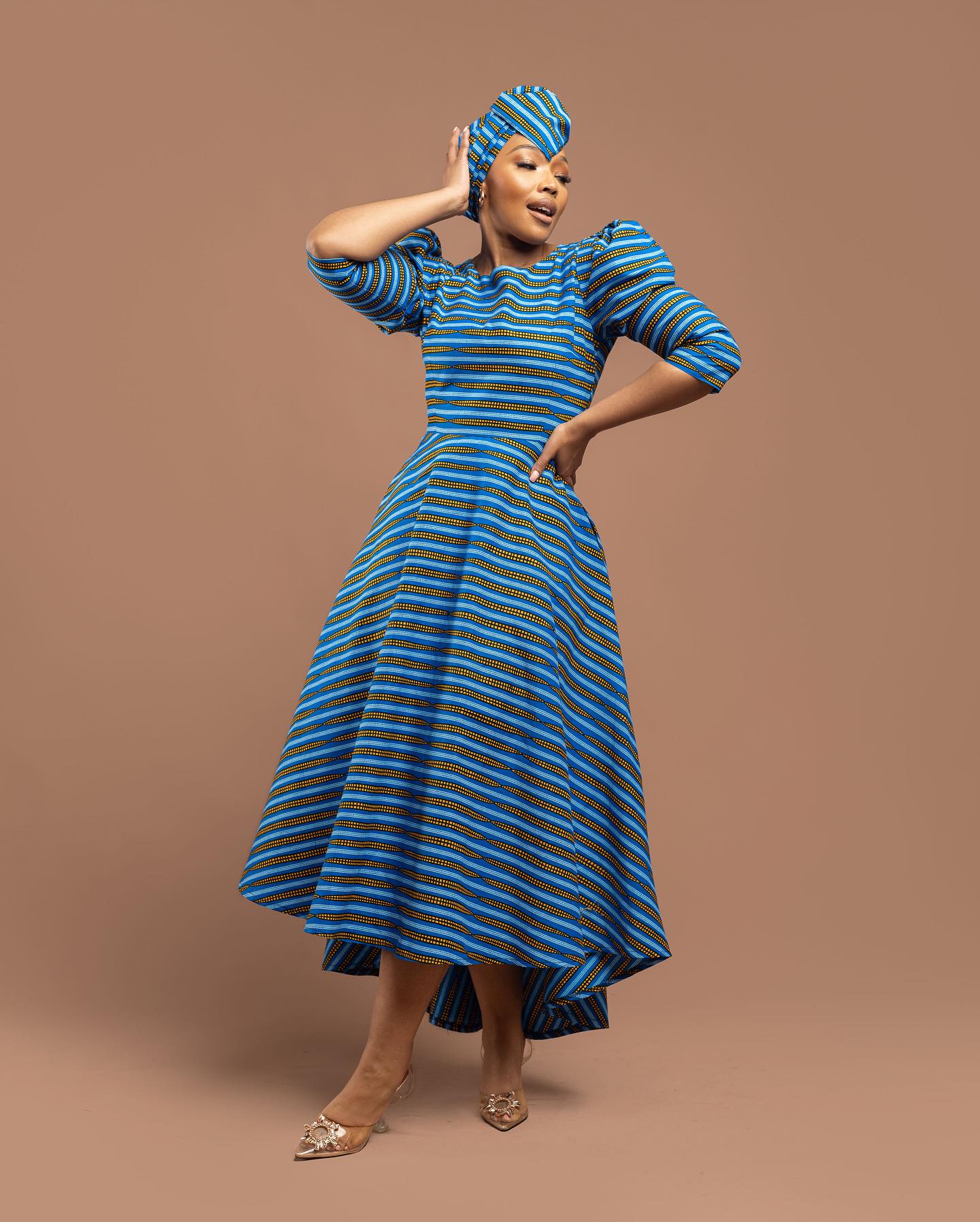
Comments are closed.